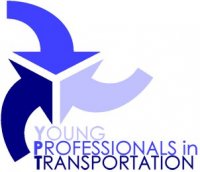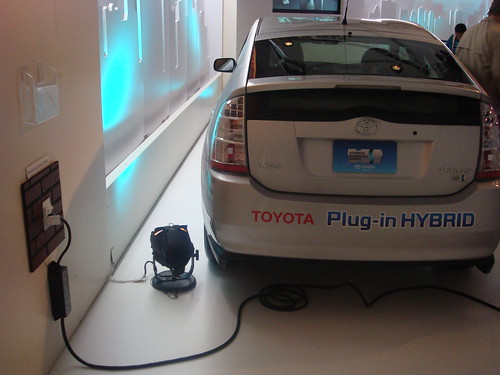Young Professionals in Transportation (YPT) Leadership Seminar on Transportation Policy – Feb 24, 2010 @ 6PM
When: Wednesday 24 February 2010; 6:00-7:30 PM
Where: Capitol Visitor Center Room SVC-20 , E Capitol St NE & 1st St NE, Washington, DC

Young Professionals in Transportation (YPT) is pleased to announce the February 2010 Leadership Seminar on Transportation Policy featuring leading industry figures in shaping the nation’s surface transportation vision. This panel discussion will feature representatives from three major recent efforts that examine the current state of the transportation system and offer policy recommendations moving forward based on a series of testimonies and rigorous research.
In addition, panelists will offer their thoughts on professional development and leadership skills necessary to make a difference in the arena of national decision-making.
Featured Panelists:
Jack Schenendorf, Of Counsel, Covington and Burling – Representing the National Surface Transportation Policy and Revenue Study Commission
Jack Schenendorf’s practice concentrates on transportation and legislation with a particular focus on legislative strategy, legislative procedure, and the federal budget process. He was recently appointed by Speaker Hastert to the National Surface Transportation Policy and Revenue Study Commission, where he serves as Vice-Chairman. For nearly 25 years, Mr. Schenendorf served on the staff of the Committee on Transportation and Infrastructure of the U.S. House of Representatives. He was Chief of Staff from 1995 to 2001. In BNA’s Daily Report for Executives, Mr. Schenendorf was described “as one of the most powerful staffers on the Hill, [who] has played a large role in crafting every piece of major transportation legislation in the past decade.” Prior to joining the firm in 2001, Mr. Schenendorf served on the Bush/Cheney Transition where he was Chief of the Transition Policy Team for the U.S. Department of Transportation and was responsible for reviewing all transportation policies and issues for the incoming Administration.
Kathy Ruffalo, President, Ruffalo and Associates LLC – Representing the National Surface Transportation Infrastructure Financing Commission
President of Ruffalo and Associates, LLC – a government affairs consulting firm in Washington, D.C. Ms. Ruffalo has 20 years of experience in the public policy arena at both federal and state levels of government. From 1989 to 1999, she served as a senior advisor to the United States Environment and Public Works Committee – for then Chairman Senator Max Baucus – with the primary responsibility for developing, drafting and negotiating federal transportation policy. From 1999 to 2004, she was a senior policy advisor to Idaho Governor Dirk Kempthorne. In 2004, she was recruited to return to Capitol Hill where she was a key drafter and negotiator of SAFETEA-LU. She is a 1989 graduate of Northwestern University with a Bachelor of Science degree in Industrial Engineering and Management Sciences.
Emil Frankel, Director of Transportation Policy – Representing the Bipartisan Policy Center’s National Transportation Policy Project
Emil H. Frankel is an independent consultant on transportation policy and public management issues. He serves as Director of Transportation Policy for the Bipartisan Policy Center. Mr. Frankel was Assistant Secretary for Transportation Policy of the United States Department of Transportation from 2002 to 2005. Appointed by President George W. Bush, Mr. Frankel played a key role in the coordination and development of the Administration’s proposal to reauthorize the Federal highway, transit, and highway safety programs. From 1991 to 1995, he was Commissioner of the Connecticut Department of Transportation. Between state and Federal service, Mr. Frankel was Of Counsel to Day, Berry & Howard in the law firm’s Stamford, Connecticut, office. During that time he was also a Management Fellow of Yale University’s School of Management and a Senior Fellow at the Yale School of Forestry and Environmental Studies, engaged in teaching and research on issues of transportation, energy and environmental policy and public management. Also at the Yale School of Management and Yale School of Forestry and Environmental Studies, Mr. Frankel will be a visiting lecturer in Spring 2008. From 1999 to 2001 he was a Selectman of the Town or Weston, Connecticut. Mr. Frankel received his Bachelor’s Degree from Wesleyan University and his LL.B. from Harvard Law School, and was a Fulbright Scholar at Manchester University in the United Kingdom. From 1981 to 1997 he was a member of the Board of Trustees of Wesleyan University, where he is now a Trustee Emeritus.
RSVP: Due to security restrictions, a list of names for non-Congressional staff must be submitted to the Capitol Visitor Center prior to the event. Please send your RSVP to ypt@transportation.org with “YPT Seminar” as the subject by COB Monday 22 February 2010.









